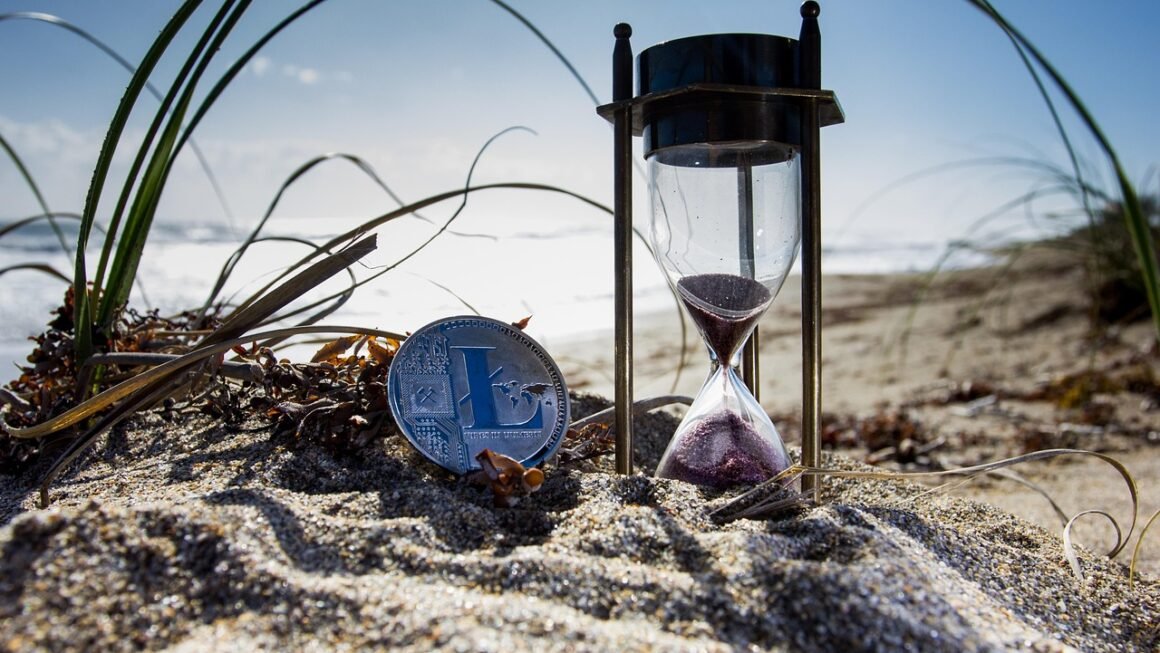In the ever-evolving world of cryptocurrency, token burns have emerged as a critical mechanism for enhancing token value and managing supply. As blockchain projects become more sophisticated, understanding the impact and efficacy of token burns is imperative for investors, enthusiasts, and developers alike. In this blog post, we delve into the details of token burning, elucidating its definition, benefits, processes, and real-world examples.
What is Token Burn?
Token burn refers to the process of permanently removing a certain number of tokens from circulation, effectively reducing the total supply of a cryptocurrency. This practice is often employed by developers as a strategy to create scarcity and, in turn, potentially increase the value of the remaining tokens.
How Token Burn Works
The mechanics of token burning can differ from one project to another, but the general process involves the following steps:
- Initiation: The project team announces their intention to perform a token burn.
- Transaction: The specified amount of tokens is sent to a wallet address that is rendered unusable, commonly known as a “burn address.”
- Verification: The transaction is confirmed on the blockchain, making the tokens irretrievable.
Benefits of Token Burning
Token burns present various advantages for both the developers and the token holders:
- Increased Scarcity: Reducing the supply of tokens can create an environment of scarcity, driving demand and potentially increasing price.
- Positive Market Perception: Regular token burns can enhance the credibility of a project, instilling confidence among investors.
- Long-Term Value Growth: By implementing a burn strategy, projects can focus on long-term value creation rather than short-term gains.
- Market Manipulation Mitigation: By decreasing overall supply, token burns can help counteract price manipulation by large holders.
Types of Token Burns
Token burns can be categorized into several types, each with its own strategic purpose:
Voluntary Token Burns
In voluntary token burns, developers choose to burn tokens as a sign of commitment to the project.
- Example: Ethereum’s EIP-1559 update introduced a base fee that gets burned with every transaction.
- This helps control inflation and incentivizes users to hold their assets.
Scheduled Token Burns
Scheduled token burns occur at predetermined intervals or triggers.
- Projects often announce these events in advance, creating anticipation and strategic market movements.
Performance-Based Token Burns
In performance-based models, the number of tokens burned is contingent on the project’s financial performance.
- Example: Binance uses a portion of its profits to buy back and burn BNB tokens, aligning user interests with its growth.
Real-World Examples of Token Burn
The concept of token burning has been successfully implemented across various cryptocurrencies:
Binance Coin (BNB)
Binance frequently conducts token burns based on its quarterly profits. This has led to millions of BNB tokens being removed from circulation. For instance:
- In Q1 2021, Binance burned over 1.5 million BNB tokens worth approximately $600 million.
Shiba Inu (SHIB)
Shiba Inu’s community-driven token burn initiatives have also played a significant role. Examples include:
- Significant burns organized by community members, reducing supply and helping to increase community engagement.
Considerations When Implementing Token Burns
While token burns can present several benefits, there are important factors to consider:
- Transparency: Always ensure transparency around the burn process to maintain trust within the community.
- Sustainable Growth: Token burns should not be used solely as a marketing strategy but should align with a project’s long-term vision.
- Market Conditions: Monitor market trends when planning burns to optimize their impact on token value.
Conclusion
In summary, token burns are a critical strategy within the cryptocurrency ecosystem, serving to manage supply and create value. By understanding the different types of token burns and observing successful case studies, project leaders can effectively leverage this mechanism to boost their token’s market performance. As the blockchain space continues to grow, token burns may increasingly become a standard practice for projects aiming for sustainability and long-term success.




